- About us
- Support the Gallery
- Venue hire
- Publications
- Research library
- Organisation chart
- Employment
- Contact us
- Make a booking
- Onsite programs
- Online programs
- School visit information
- Learning resources
- Little Darlings
- Professional learning
Artist Judy Cassab owned a 1966 stoneware ceramic piece, Dial, by Marea Gazzard AM (1928–2013), one of Australia’s leading ceramicists. It has been suggested that it was perhaps exchanged for this portrait of Gazzard that Cassab painted in the same year. Gazzard trained at the East Sydney Technical College and London Central School for Arts and Craft before setting up a studio in Sydney in 1960. In 1973, with fibre artist Mona Hessing, Gazzard was one of the first craftspeople invited to exhibit at the National Gallery of Victoria. The resulting exhibition, Clay + Fibre, generated much discussion about whether craft was art and accelerated the visibility of women artists. Instrumental in craft being taken seriously in Australia, Gazzard helped to set up the Crafts Council of Australia, chaired the Crafts Board of the Australia Council and was President of the World Crafts Council. Through the 1970s and 1980s she exhibited large abstract works in a number of important group shows and solo exhibitions, and was commissioned to create the bronze sculpture Mingarri: The Little Olgas (1988), which stands in the central Executive Courtyard of Parliament House.
Gift of Marea Gazzard 2005. Donated through the Australian Government's Cultural Gifts Program.
© Judy Cassab/Copyright Agency, 2025
Marea Gazzard AM (1 portrait)
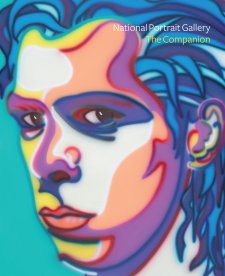
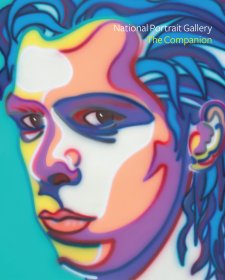
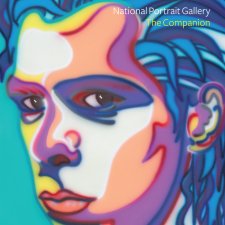
On one level The Companion talks about the most famous and frontline Australians, but on another it tells us about ourselves.
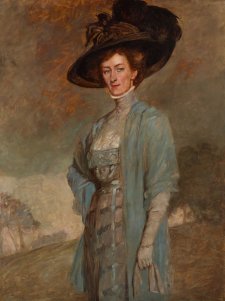
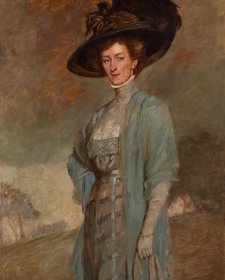
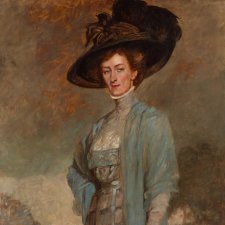
Jennifer Higgie uncovers the intriguing stories behind portraits of women by women in the National Portrait Gallery’s collection.
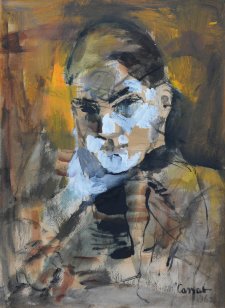
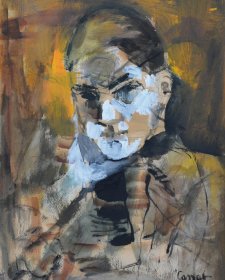
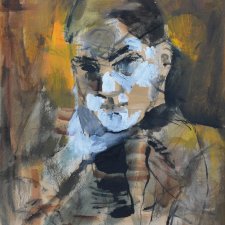
Aimee Board traces Judy Cassab’s path to the Australian outback, arriving at the junction of inspiration and abstraction.